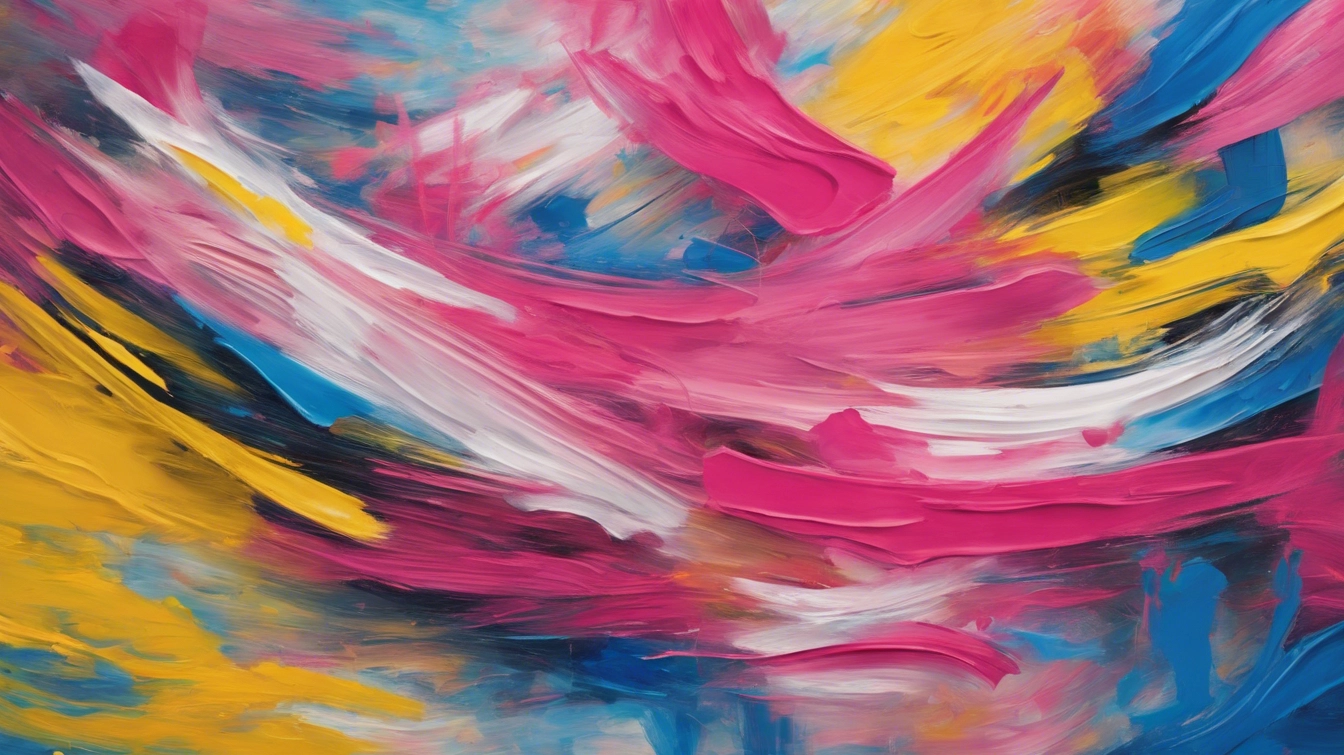Introduction to: Brushstroke Direction
Mastering brushstroke technique is essential to create stunning, layered artwork. In addition to varying the thickness and application of strokes, the direction of brushstrokes can also have a significant impact on the overall look of your painting. In this blog post, we will explore how brushstroke direction affects your artwork.
1. Vertical Brushstroke Direction
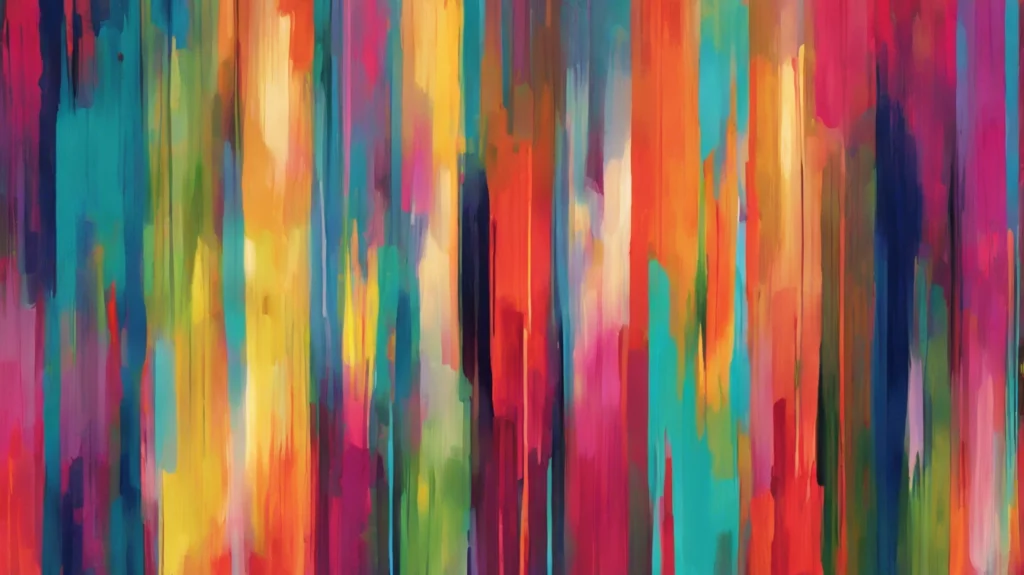
Vertical brushstrokes naturally give the impression of height and upward movement. Using vertical brushstrokes can create a sense of drama and grandeur, making objects appear larger or more imposing. This technique is particularly effective for creating tall structures like buildings and trees.
2. Horizontal Brushstrokes
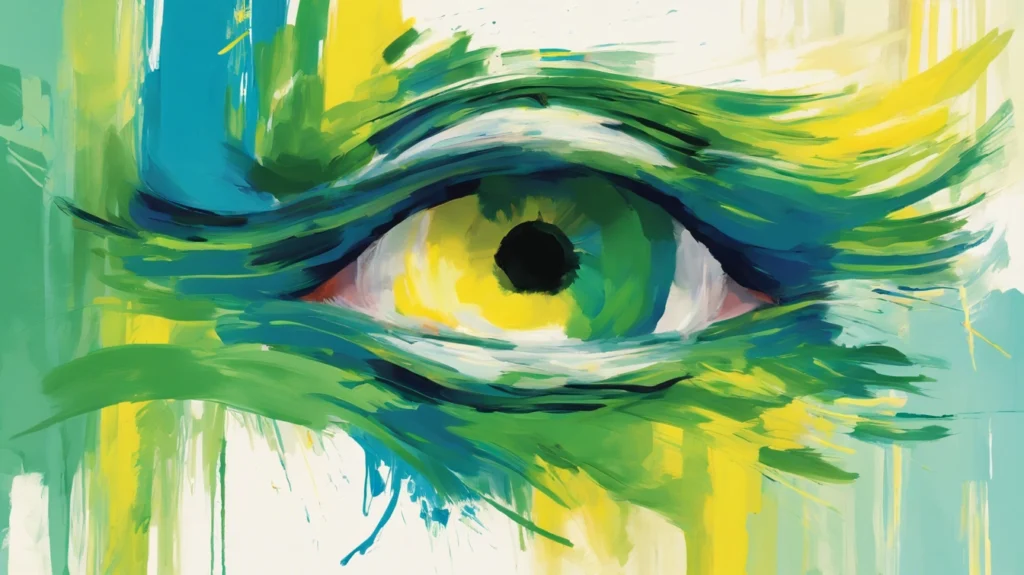
Horizontal brushstrokes create a calming, serene feel. These strokes are ideal for portraying natural landscapes such as beaches or sunsets. This technique can give your artwork a sense of stability, strength, and tranquility.
3. Diagonal Brushstroke Direction
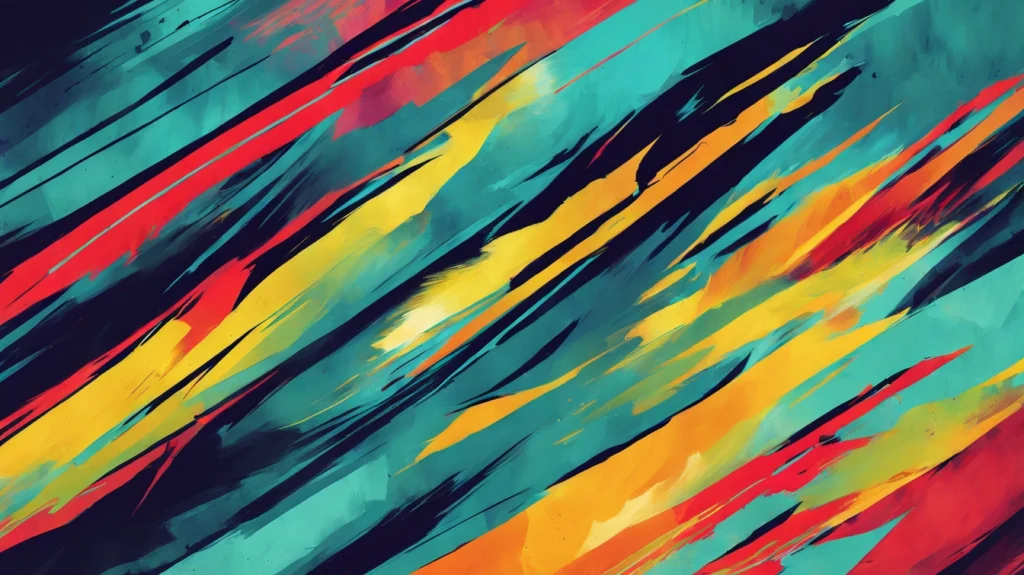
Diagonal brushstrokes suggest movement and can create a sense of energy and momentum in a painting. These strokes are perfect for portraying natural elements such as water, wind, or fire. Using diagonal brushwork can imply movement or turbulence that adds depth and intensity to your artwork.
4. Cruved Brushstrokes
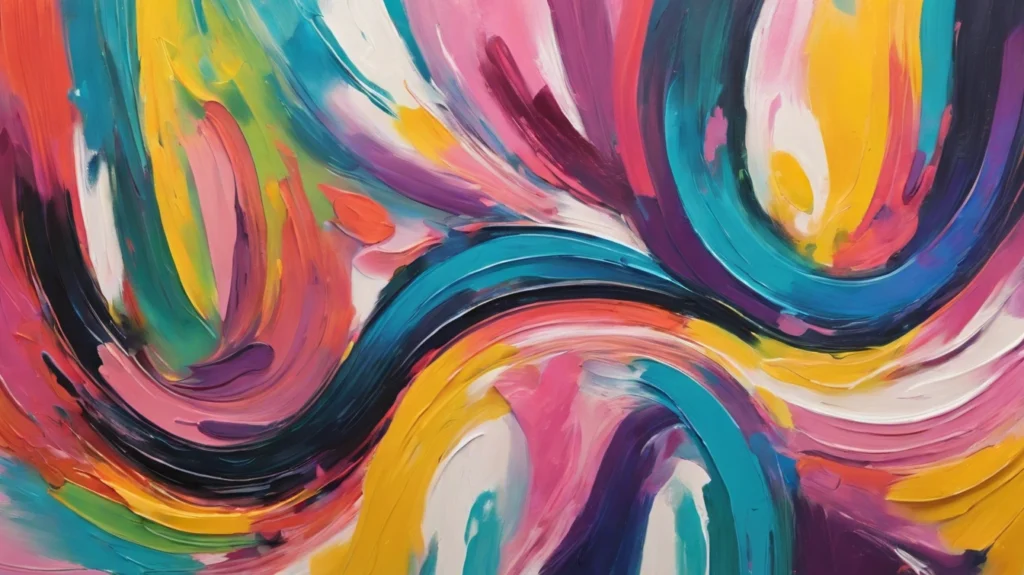
Curved brushstrokes convey a sense of fluidity and grace, making them ideal for depicting organic forms such as flowers or animals. By using curved brushstrokes, you can show roundness and form in your work, creating life-like textures that make your painting stand out.
5. Crosshatching
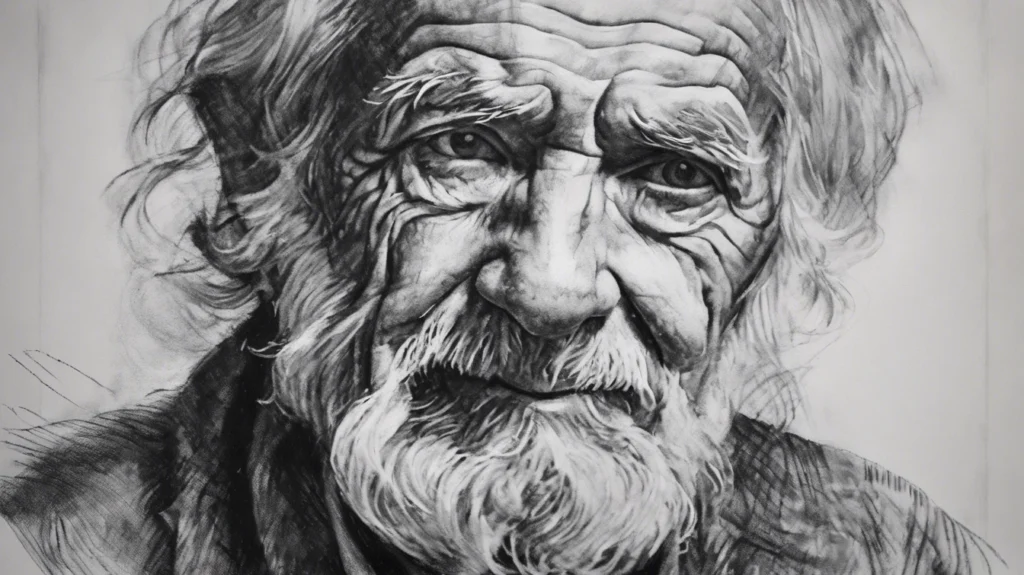
Crosshatching is composed of small parallel lines drawn in intersecting layers. This classic technique creates texture and shading in the painting. Crosshatching can convey various textures and tones by adjusting its density or sharpness between lines.
Conclusion
In conclusion, by carefully considering how to use brushstroke direction, you can add depth, energy or serenity to your artwork. The direction of brushstrokes affects light, color, texture and can dramatically shift how others interpret your artwork. Therefore, it’s worth experimenting with different types of brushwork and seeing which techniques best translate your creative visions.

